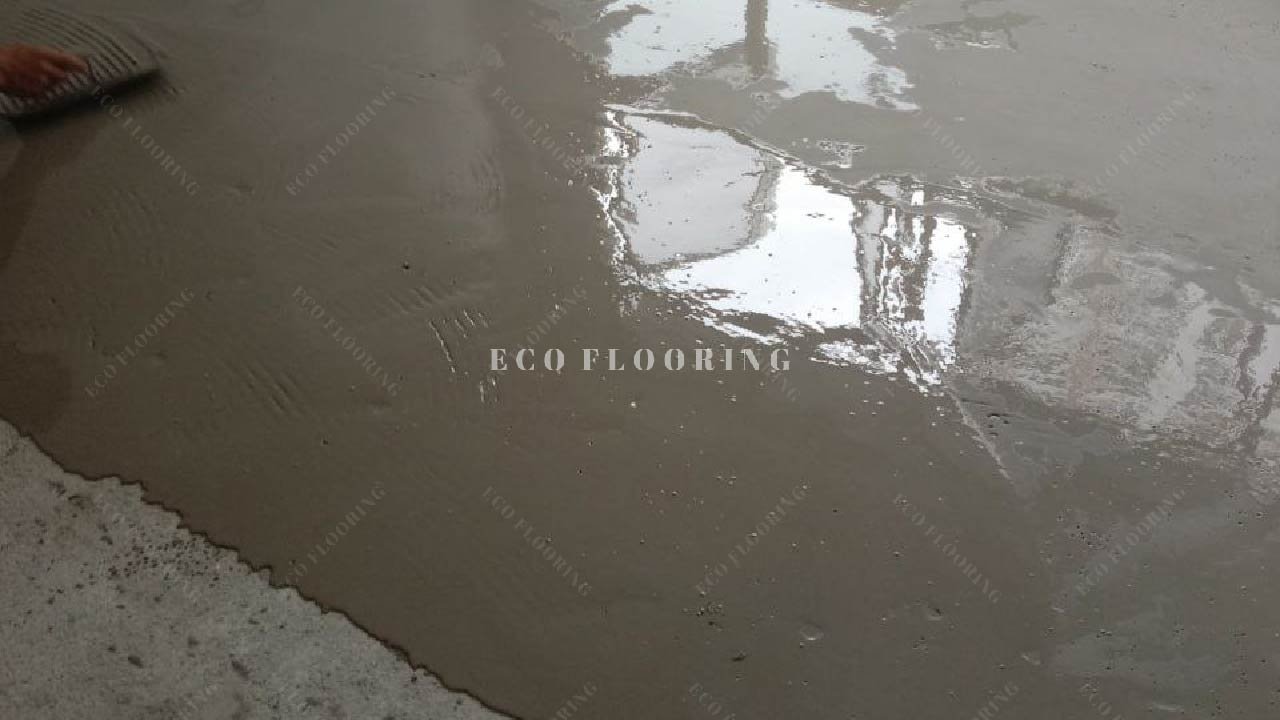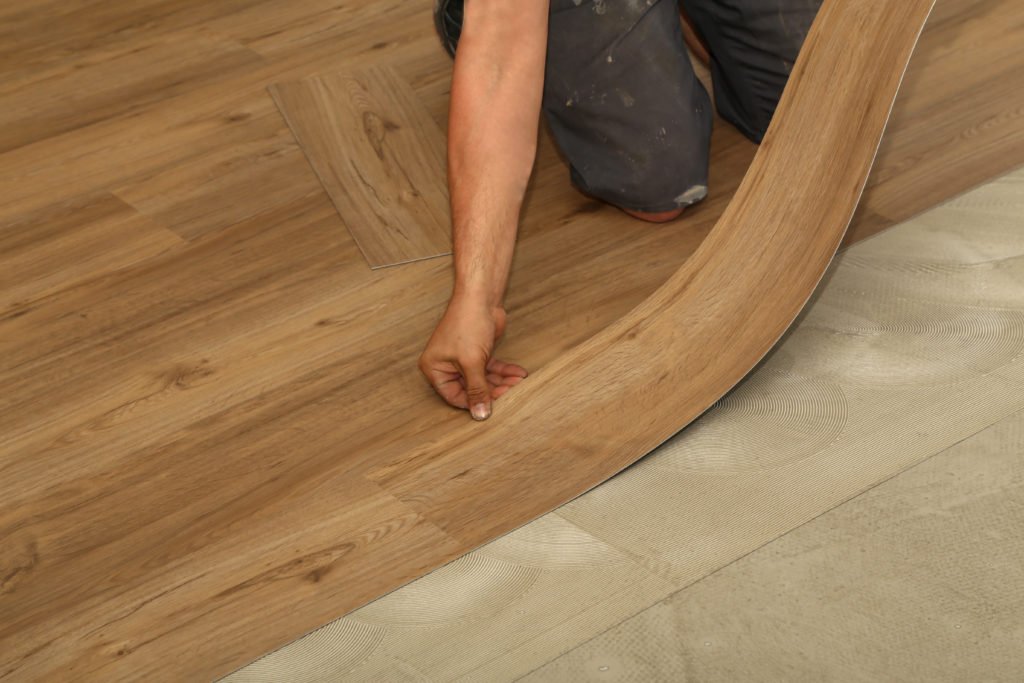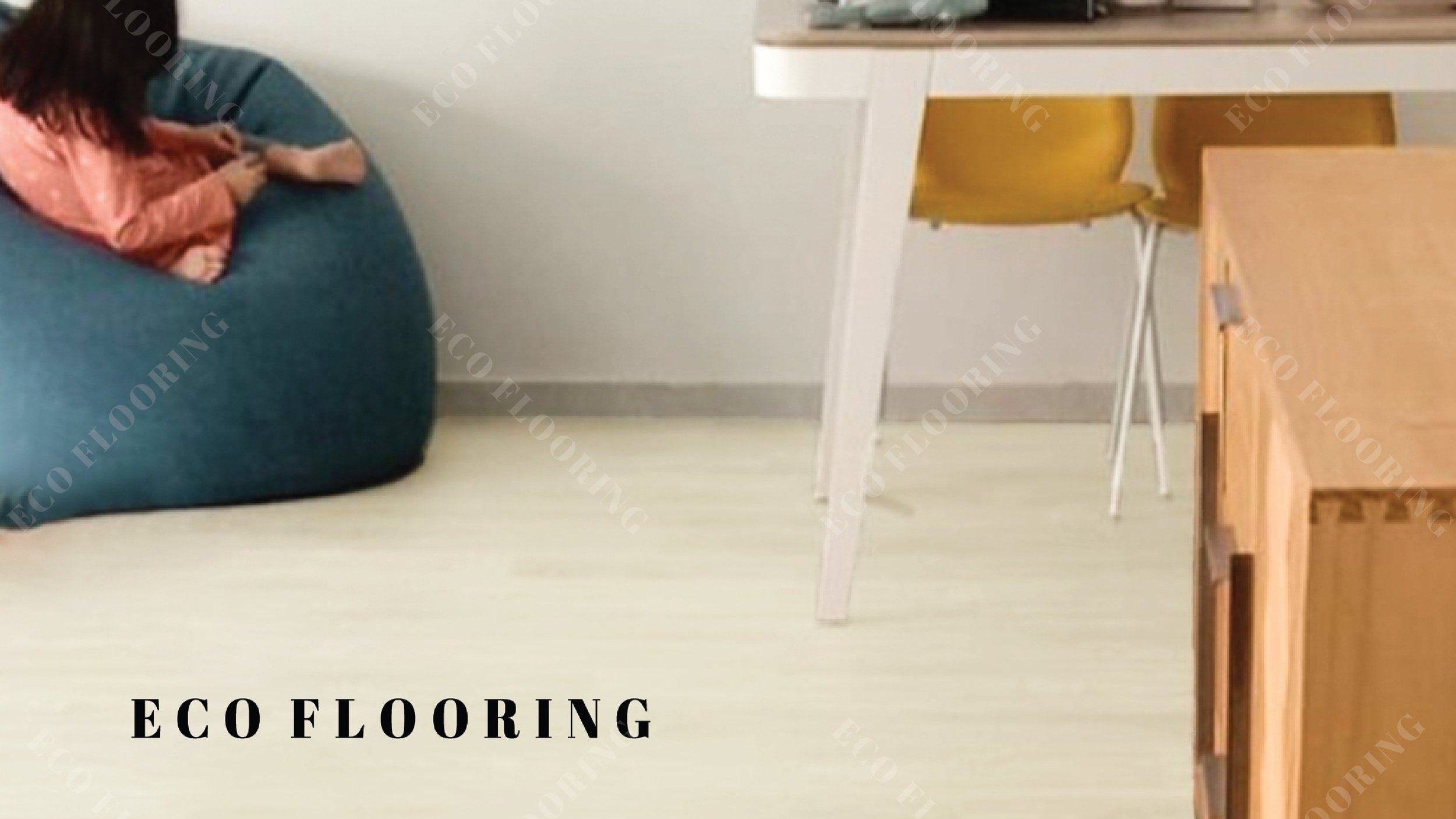Singapore's dynamic and vibrant commercial landscape demands flooring solutions that can stand up to the challenges of high foot traffic, humidity, and style expectations. In this bustling city-state, where businesses flourish, vinyl flooring has emerged as a top choice for commercial spaces, combining durability, aesthetics, and practicality.
Durable by Design
One of the primary reasons vinyl flooring is gaining prominence in Singapore's commercial sector is its exceptional durability. Whether it's a retail store, office, restaurant, or healthcare facility, these spaces witness a constant influx of people. Vinyl flooring is engineered to withstand this daily wear and tear, maintaining its quality and appearance over time.
Resisting Moisture and Humidity
Singapore's tropical climate means occasional heavy rains and high humidity levels. This can pose a challenge to flooring materials, leading to issues like warping or mold growth. Vinyl flooring, however, is virtually impervious to moisture. It offers a waterproof and moisture-resistant surface that remains unaffected, making it ideal for Singapore's weather conditions.
Low Maintenance, High Impact
Commercial spaces in Singapore are bustling, and business owners often need flooring solutions that require minimal maintenance. Vinyl flooring fits this requirement perfectly. Regular sweeping and occasional mopping are typically all that's needed to keep it looking impeccable. This low-maintenance aspect translates into cost savings and less disruption to business operations.
Aesthetic Versatility
Vinyl flooring is available in a wide array of styles, colors, and patterns, giving business owners the freedom to choose a design that aligns with their brand's aesthetics. Whether you want a sleek, modern look or a more traditional ambiance, vinyl flooring can accommodate your vision, creating a cohesive and inviting atmosphere.
Comfort and Sound Reduction
In commercial spaces where employees often spend long hours on their feet, comfort is essential. Vinyl flooring provides a degree of cushioning, reducing fatigue and contributing to a more comfortable working environment. Additionally, it has sound-dampening properties, mitigating noise levels in busy areas, such as shopping malls or open-plan offices.
Efficient Installation
Time is often a critical factor in commercial projects. Vinyl flooring's relatively quick and hassle-free installation process minimizes disruptions to business operations during renovation or construction. This efficient installation saves both time and money.
Budget-Friendly Option
Staying within budget is a priority for businesses. Vinyl flooring is known for its cost-effectiveness without compromising on quality or aesthetics. It offers a durable and stylish solution at a competitive price point.
Customization and Sustainability
Businesses looking to make a unique statement can opt for vinyl flooring customization, including patterns or even incorporating their company logo. Furthermore, many vinyl flooring products are environmentally friendly, utilizing recycled materials—a nod to Singapore's commitment to sustainability.
In conclusion, vinyl flooring has solidified its place as a durable and stylish flooring option for commercial spaces in Singapore. Its ability to resist wear, moisture, and its low maintenance requirements make it an eminently practical choice for high-traffic areas. Whether enhancing an office's professional atmosphere, a retail store's inviting ambiance, or a restaurant's trendy vibe, vinyl flooring seamlessly combines functionality and aesthetics. In a city where business never sleeps, vinyl flooring stands as a reliable and enduring foundation for success.





























